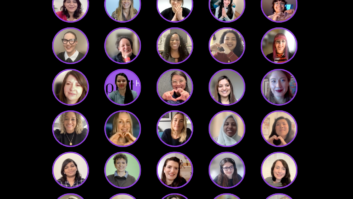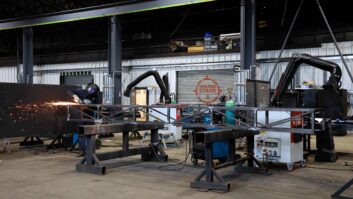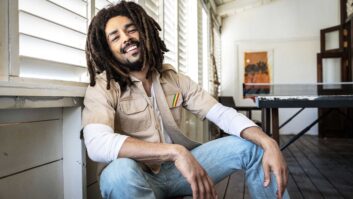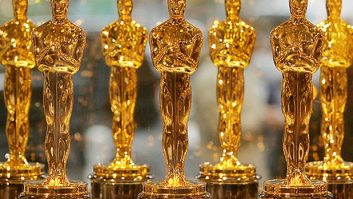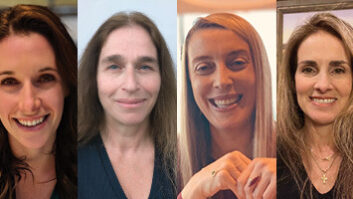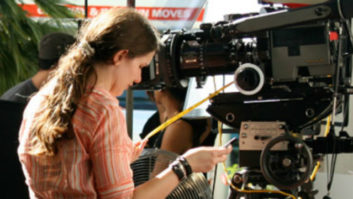Nominated for Best Visual Effects at the Academy Awards, Godzilla Minus One is an origin story, with the monster appearing as Japan recovers from the devastation of the Second World War.
The first Godzilla film made in Japan since 2016’s Shin Godzilla, it used modern-day technology to create the iconic monster.
Director Takashi Yamazaki worked with modeler Kousuke Taguchi on the design of Godzilla, using ZBrush, a digital sculpting tool from Maxon that combines 3D/2.5D modeling, texturing and painting.
“I made a rough 3D maquette in ZBrush and Mr Taguchi took it from there, adjusting the balance and adding incredible details,” Yamazaki told Maxon.net.
“I trust his artistic sense greatly. We handled billions of polygons, so the model had to be converted into numerous displacement maps for rendering with Redshift. The workflow involved animating a relatively light model and applying various maps for the final render.”
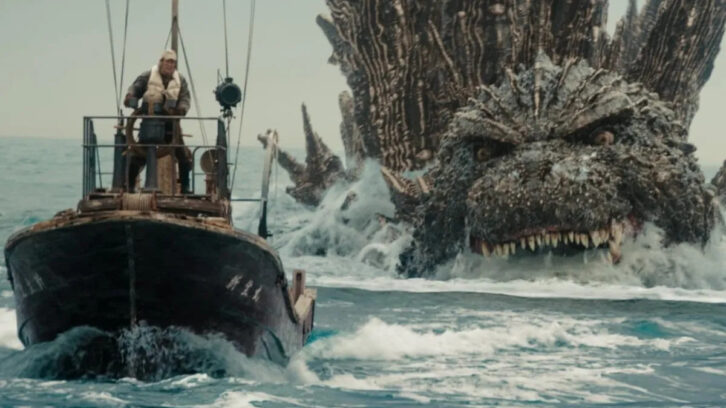
The maquette was then retopologised (simplifying the topology of a mesh to make it cleaner and easier to work with) with Mudbox used for the final displacement maps. Rendering was done with Maya and Redshift to complete the model.
Yamazaki revealed the film is the result of research into what ZBrush and other sculpting software are capable of. “Creating such creatures, especially those that look realistic in CG, requires significant skill,” he said. “The dinosaurs in Jurassic Park, for example, were created before the era of sculpting software, and they still amaze me.”
He described ZBrush as “democratising” the creature creation process. “In the past, we needed to explore designs with clay models, but with digital tools it’s faster and easier to achieve the model we want.
“It’s gratifying to see the near-final stage of the movie taking shape in my hands. Tools like ZBrush allow me to try things out in the 3D space and view them from various angles. It’s a fun process for a film director.”
